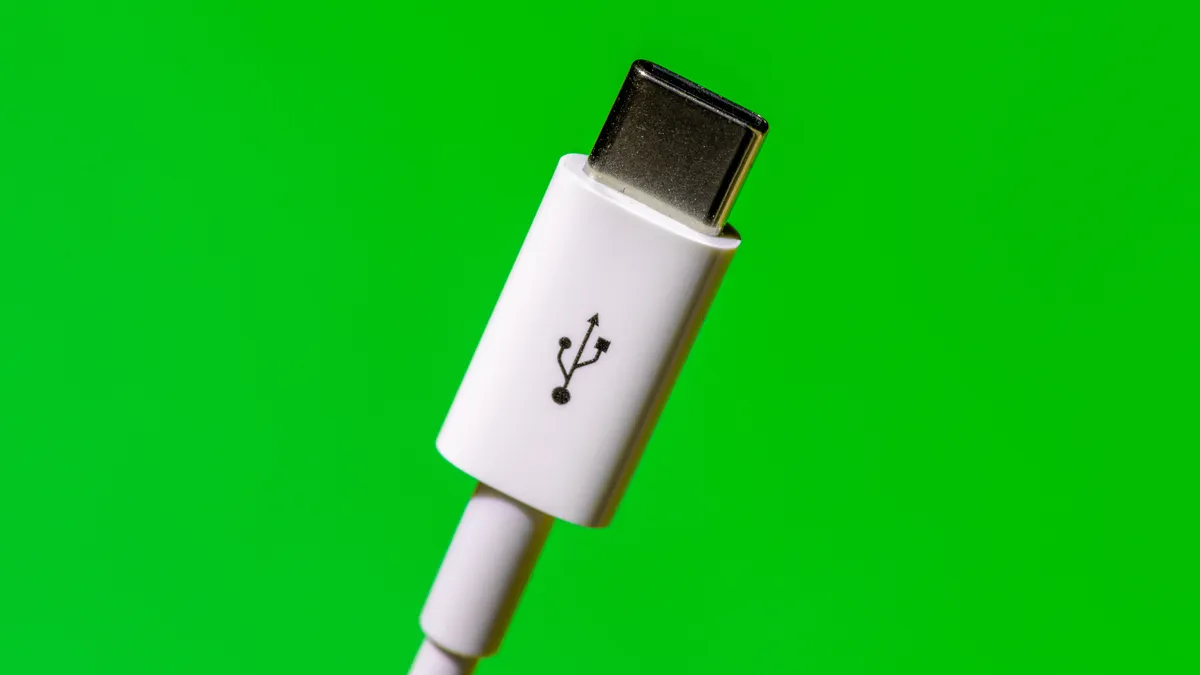iPhone 15 to Bring USB-C Cable Confusion: A Dark Side of the Versatile Port
In a significant shift for Apple users, the highly anticipated iPhone 15, expected to be unveiled today, is set to embrace the USB-C connection standard. While this change marks a step towards universal compatibility and faster charging, it may introduce a new set of challenges, primarily stemming from the often confusing landscape of USB-C technology.
USB-C, known for its versatility in data transfer and charging capabilities, has become ubiquitous in recent years, spanning across various electronic devices. However, as millions of iPhone users venture into the USB-C ecosystem, they are likely to encounter some unexpected hiccups.
One of the most significant issues with USB-C is the ambiguity surrounding the capabilities of the port and the cables associated with it. It is not always evident whether a particular device or cable supports high-speed data transfer, rapid charging, both, or neither.
Reports suggest that the iPhone 15 will be bundled with a USB-C cable suitable for charging but offering a relatively slow data transfer rate of just 480 megabytes per second, a far cry from the high-speed potential of USB-C. While this may only be a minor inconvenience for most users, it highlights the complexities of the USB-C ecosystem, where cost-cutting pressures often lead to non-certified products.
Unlike Thunderbolt, another high-speed data transfer technology, USB-C does not mandate certification, making it challenging for consumers to distinguish between various USB-C cables and their capabilities. As a result, individuals seeking high-speed data transfers or efficient charging may end up with subpar products that do not meet their expectations.
To address this, experts advise consumers to be cautious when purchasing USB-C cables, as lower-cost options may sacrifice speed and performance. “Charging cables” are often designed primarily for power and may not support high-speed data transfer. Discerning shoppers should look for USB-IF certifications, which indicate compliance with industry standards and better quality assurance.
Although the transition to USB-C may introduce some confusion for iPhone users accustomed to the Lightning port, it’s worth noting that USB-C is a well-established standard across a wide range of devices, including Android phones, Windows laptops, gaming consoles, and more. Many consumers may already possess spare USB-C cables, reducing the inconvenience associated with the transition.
As USB-C technology continues to evolve and mature, experts believe that compatibility issues and product shortcomings will gradually recede into the background. While some growing pains may accompany this transition, the benefits of USB-C, including its flexibility and power, make it a worthwhile investment for many users.
Apple has yet to comment on this major shift in its iPhone lineup, but as the iPhone 15 enters the market, consumers will likely gain insight into the company’s rationale for adopting USB-C and how it plans to navigate the challenges associated with the change.
Disclaimer: The views, suggestions, and opinions expressed here are the sole responsibility of the experts. No Prime Report Hub journalist was involved in the writing and production of this article.

